New urban oasis in the heart of Green Square: Dyuralya Square
New urban oasis in the heart of Green Square
By City of Sydney CouncilGarden terraces, a paved courtyard, trees, seating and public art are at the heart of a $5 million world-class space for gatherings and relaxation in Green Square.
Dyuralya Square, a 2,000 metre meeting place in Waterloo's Lachlan Precinct will open on Saturday 30 March offering space for residents to meet and relax.
Lord Mayor Clover Moore said Green Square is one of the fastest growing residential areas in NSW and high quality space for recreation is therefore vital for the community.
"In just over a decade, Green Square will be home to over 60,000 residents, with most of our community living in high-rise apartments, and 22,000 jobs," Lord Mayor Clover Moore said.
"This is why we want all residents and visitors to be within walking distance of the 40 parks we are creating in Green Square and why we have invested in high quality footpaths and cycleways and stunning community facilities like our new library and plaza, community and cultural precinct, and the future aquatic and recreation centre.
"Dyuralya Square will provide our growing community with a wonderful and accessible outdoor meeting place, complete with tables and chairs for chess."
The area was once filled with freshwater creeks and swamps, a valuable hunting ground for local Aboriginal people. The square's name is derived from the Gadigal word for the brolga, a species of crane that once thrived in the wetlands.
The City worked with designers Oculus, engineers Robert Bird Group and builders Structus on a space showcasing the area's rich natural, urban and industrial history using materials including recycled bricks to reflect the site's heritage.
The new square is linked by shared pathways and cycleways for safe and easy access to nearby shops on Archibald Avenue and open space in Wulaba Park.
The park is framed by Murray Street to the north, Amelia Street to the east and Gadigal Avenue to the west.
The $13 billion, 278 hectare Green Square development area stretches from Waterloo in the north to Rosebery in the south, Zetland in the east and Alexandria in the west. It is 3.5km from the city and 4km from the airport.
Dyuralya Square launch
When: 11am to 1pm, Saturday 30 March
Where: Lachlan precinct, Waterloo
What: The Lord Mayor will officially launch the square at 11.30am. There will be music, free bike tune-ups coffee and gelato.
The many eras of Dyuralya Square
Trace the history through wetlands, industry and market gardens.Dyuralya Square, at the intersection of Amelia and Murray streets, Waterloo, is a new 2,000 square metre community meeting place for small events, markets and performances. The area has a rich natural and social history.
Vast wetlands and abundant wildlife
Dyuralya Square, alongside Green Square, was once part of Australia’s extensive Lachlan and Waterloo wetland system. Natural aquifers created a network of freshwater creeks and wetlands that flowed into the Cooks River and Botany Bay. Mangroves and saltmarsh flourished around the estuary mouth. The creeks wended through sand dunes, covered by heath and scrub.
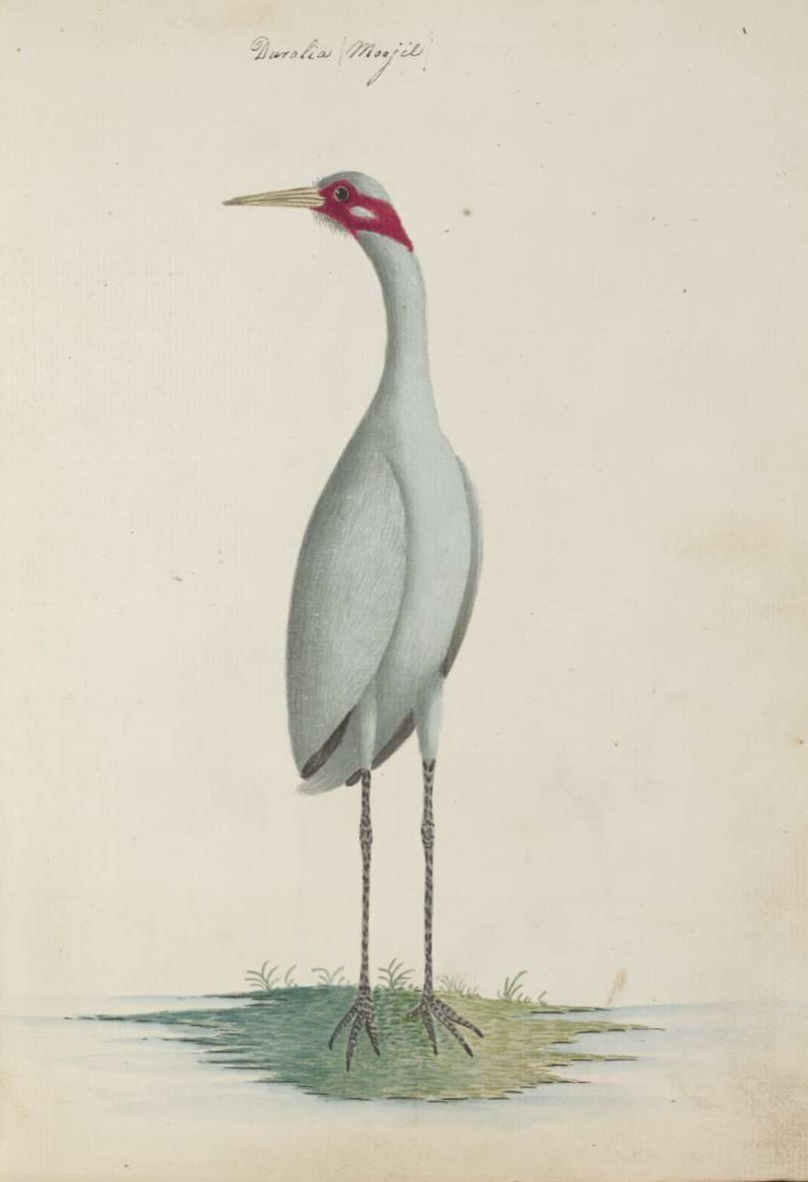
John Hunter, Duralia / Moojil {Brolga (Grus rubicundus)}, no.5 in his Birds & flowers of New South Wales, (1788-1790). Credit: National Library of Australia
Dyuralya means ‘brolga’ in the Sydney Aboriginal language. The wetlands echoed with a cacophony of bird calls - red bills, water hens, ducks, bronze-winged pigeons, brolga and black swans. There were fish and eels in the clear creeks. Brush wallabies, bandicoots, possums and even emus once thrived in the area. The wetlands provided sustenance for Aboriginal peoples for thousands of years.
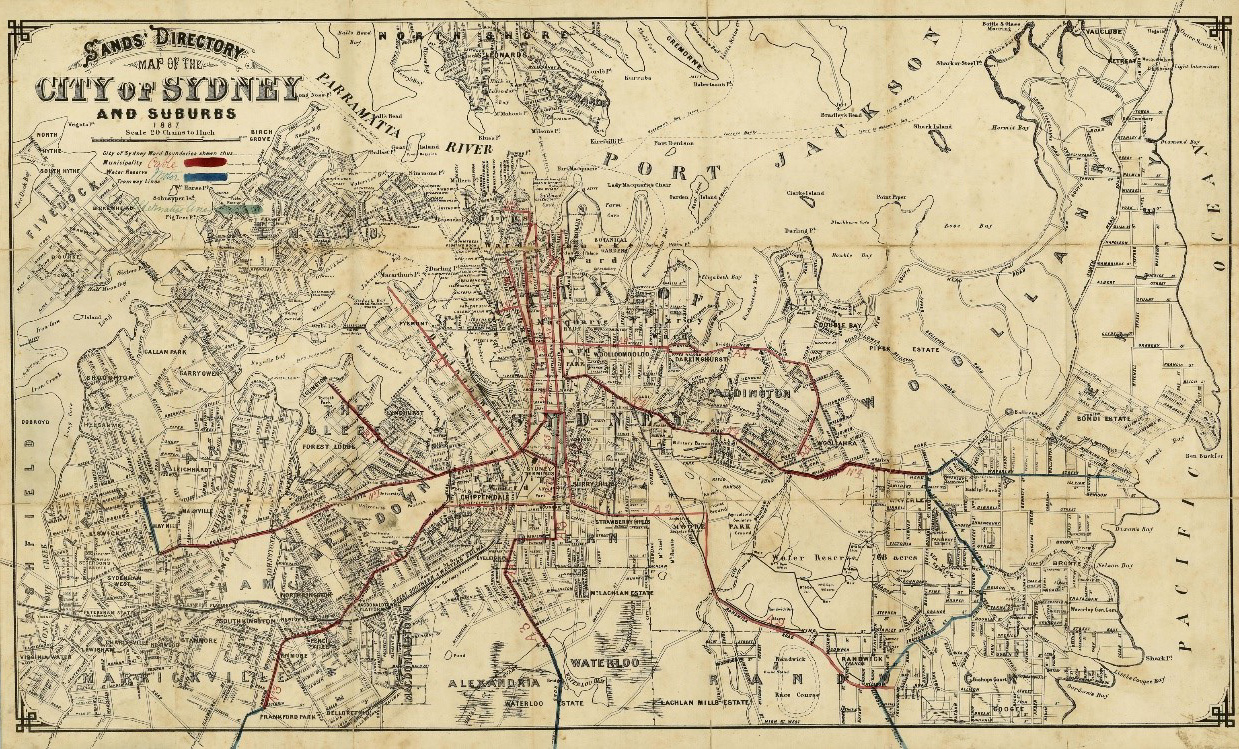
Sands' Directory Map of the City of Sydney and Suburbs, 1887. Credit: City of Sydney Archives, Historical Atlas of Sydney
The first colonial industries at Waterloo Swamp
In the early 1800s, the area’s plentiful water supply started to attract local manufacturers searching for power sources for their mills. The first colonial industries were established south of Dyuralya Square on the banks of Waterloo Swamp and across to the east on the Lachlan Swamp. Grain and cloth mills appeared from the 1810s and the first wool wash in the 1820s. From the 1850s, noxious trades were pushed out from the city and they gravitated to the abundant water supply of the Waterloo Swamp. The area became home to wool washes, tanneries, boiling down works, candle and soap-making works.
Market gardens and breweries
The freshwater creeks also irrigated breweries and market gardens. The alluvial soils made for productive market gardens - Waterloo, Alexandria and Botany became a key vegetable producing area for the city. Two street names honour Chinese market gardeners who worked in this precinct in the 1880s and 1890s. Tung Hop was identified in the Sands’ Directories as working gardens in this block 1891-1893. Sam Sing was a Chinese gardener who worked on this site in 1888.
By the mid 19th century, brickworks, glassworks and a pottery works were also thriving. The noxious trades gradually dammed and polluted the wetlands, turning it into a big industrial drainage system, and forever transforming Shea’s Creek. The Waterloo Swamp was drained and reclaimed in 1908 to create Victoria Park Racecourse.
The age of Akubra
By the early 20th century, Waterloo was transformed from a small fringe suburb to a major industrial and manufacturing district where Akubra hats were made. So too were Chubb safes, Wormald fire-fighting appliances and Crown Crystal cut-glass vases.
The south Sydney area became an industrial powerhouse in the 1920s attracting thousands of workers. In the post-war period, Greek, Italian, Lebanese, Ukrainian and Vietnamese migrants found jobs in the factories.
Hat maker Benjamin Dunkerley revolutionised the industry by patenting a machine for dressing rabbit fur. He allegedly named the Akubra after the Aboriginal word for ‘head covering.’ After being contracted to supply slouch hats to World War I diggers, Dunkerley never looked back. Dunkerley Hat Mills moved from a cramped factory in Surry Hills to brand new premises on Bourke Street in 1919 where it manufactured hats until 1972. Its manufacturing history is commemorated in the street name Dunkerley Place.
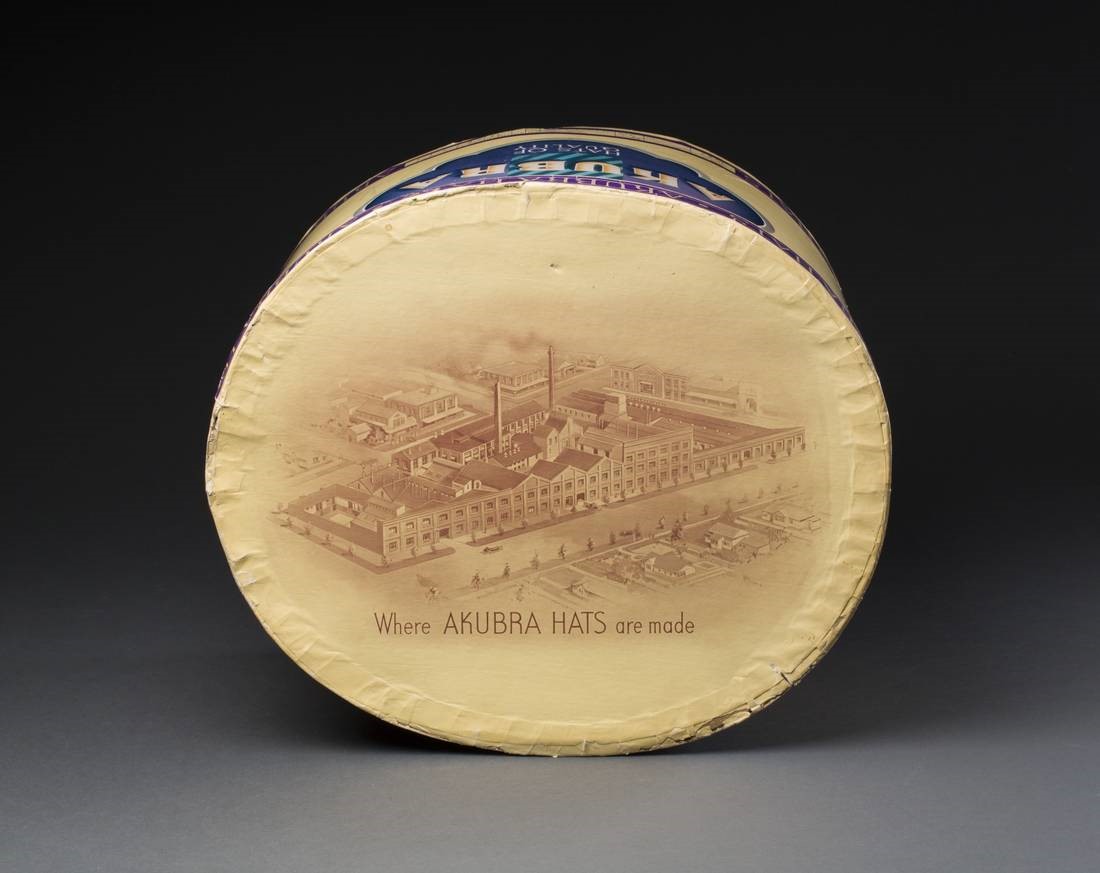
Cardboard hat box for Akubra. Credit: National Museum of Australia/CC BY-SA 4.0
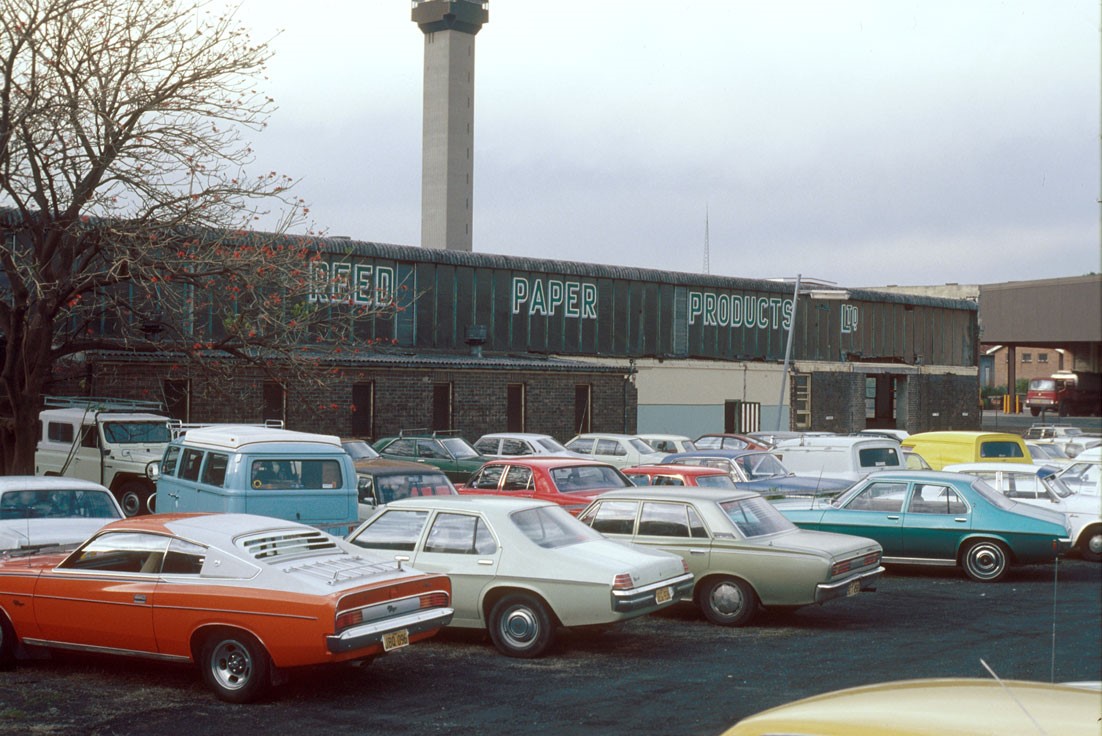
Reed Paper Products, late 1970s. Credit: City of Sydney Archives 058/058394
Reed Paper Products became Australia’s largest manufacturer of paper products. Its 2 factories, on nearby Amelia Street and in Redfern, covered 13 acres and employed 600 people by 1938. It produced hatboxes, shoeboxes, playing cards, including the Mystic brand, and cardboard packaging. The factory closed in the late 1970s.
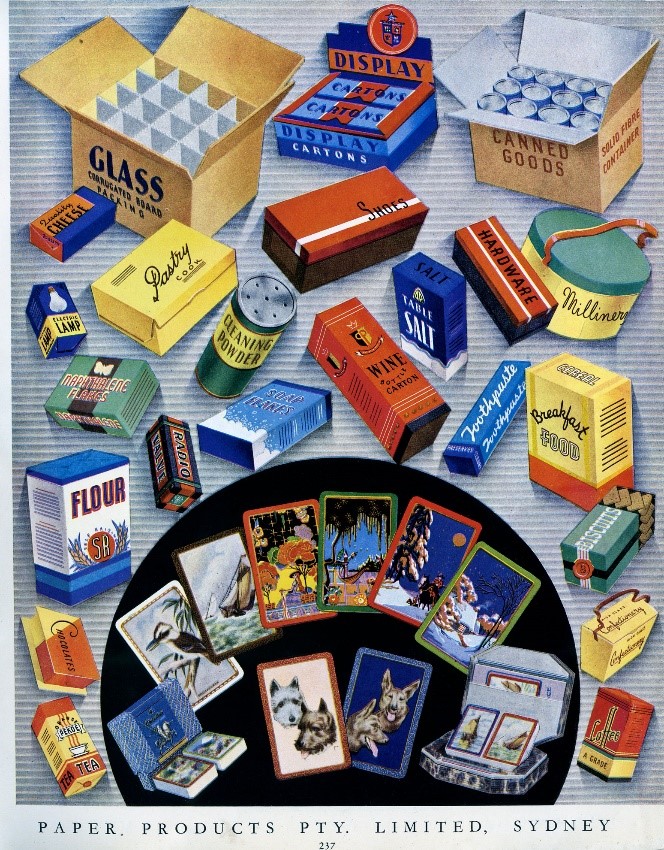
‘Made in Australia’, 1938. Credit: City of Sydney Archives, Sydney Reference Collection
This factory’s history is recognised through surrounding street names, including Mystic, Reed, and Hatbox.
City of Sydney Parks
With more than 40 parks emerging across Green Square, there’ll be plenty of places for family and friends to gather, relax and play.
The 6,200 square metre Drying Green will provide a central green space for residents, workers and visitors in the Green Square town centre.
Green Square’s new public swimming pool will be set in Gunyama Park, a landscaped recreation area with picnic and play areas, boardwalks and all-weather sports field.
We are building a new sports stadium in Alexandria, 700m from Green Square train station and next to the Bourke Road cycleway, to give locals more facilities for competition and practice. The Perry Park Recreation Centre will consist of 2 indoor and 2 outdoor courts for sports such as netball, basketball and futsal.
The City is designing parks of all sizes in and around Green Square for passive recreation, adult fitness and active play.
We’re catering to young people by building multi-purpose spaces featuring climbing walls and courts for hire while older residents will enjoy walking paths, gardens and reflective spaces.
The City has named these new parks after Green Square’s rich past.
Mulgu Park
Mulgu means black swan in the Sydney language. Black swans were common in the Waterloo wetlands. Mulgu Park was part of the Upper Dam where the Rose Valley wool wash operated. By 1908 the swamp and dams were filled and levelled for the Victoria Park racecourse.
Drawing on Waterloo’s market garden history, the City is planting fruit trees and passionfruit climbers and creating a community garden filled with lilly pilly trees and finger limes.
Mulgu Park is imagined as a local backyard for residents featuring communal tables, seating and barbecues.
Dyuralya Square
Dyuralya Square extends the network of parks across the Green Square area. It will be the civic heart of the Lachlan precinct.
The 2,000sqm area is a relaxing community meeting place with flexible spaces for small events, markets and performances. It features trees, a grass lawn, garden terraces, a paved courtyard, public art and seating reflecting old factory and terrace alignments.
We have chosen materials associated with the site’s heritage, such as recycled bricks, to create a sense of place.
This area was cultivated by Chinese market gardeners in the 1880s and 1890s who sold their produce at markets in Haymarket.
Dyuralya means brolga in the Sydney language. Brolgas were one of a number of water bird species that thrived in the local wetland habitat prior to closer settlement and heavy industrialisation.
Join us for the official opening.
The Rope Walk Park
In 1865, Archibald Forsyth established the Australian Rope Works on the corner of Bourke and Lachlan streets. It was Sydney’s first rope and cordage manufactory and for over 100 years was a principal industry of the colony.
A ropewalk is a long low building or walkway where rope is twisted into lengths. The location and linear shape of The Rope Walk Park will reflect Forsyth’s original ropewalk.
Wulaba Park
Wulaba means rock wallaby in the Sydney language. Wallabies were a regular sight around Waterloo before development.
Wulaba Park offers apartment dwellers access to a garden experience. A play island for children will be interwoven into the park featuring natural play features like rocks and plants while a plaza will provide picnic spots, chess tables and table tennis under the trees.
The City commissioned artist Nuha Saad to produce a unique artwork integrated into the park’s play equipment.
Matron Ruby Grant Park
The Royal South Sydney Hospital opened in 1913. The Sydney Morning Herald described it as “a fine block of hospital buildings equipped in the most modern style”.
It played an important role in nurse training, and adapted and grew to cope with changing populations and medical practice. It closed in 2003.
Miss Ruby Jane Grant was Matron of Royal South Sydney Hospital for 20 years from 1928 to 1947 and president of the NSW Nurses’ Association from 1933 to 1937.
She provided leadership for generations of nurses and was an early activist in improving working practices and conditions for nurses.
Matron Ruby Grant Park sits between the former nurses’ quarters and pathology building in our new community and cultural precinct. The park provides open space and a playground for toddlers.
The park has elegant outdoor furniture and a sculpted dune formation in the main lawn that creates space for live performances.
Stormwater is harvested from the surrounding roofs and paved surfaces.